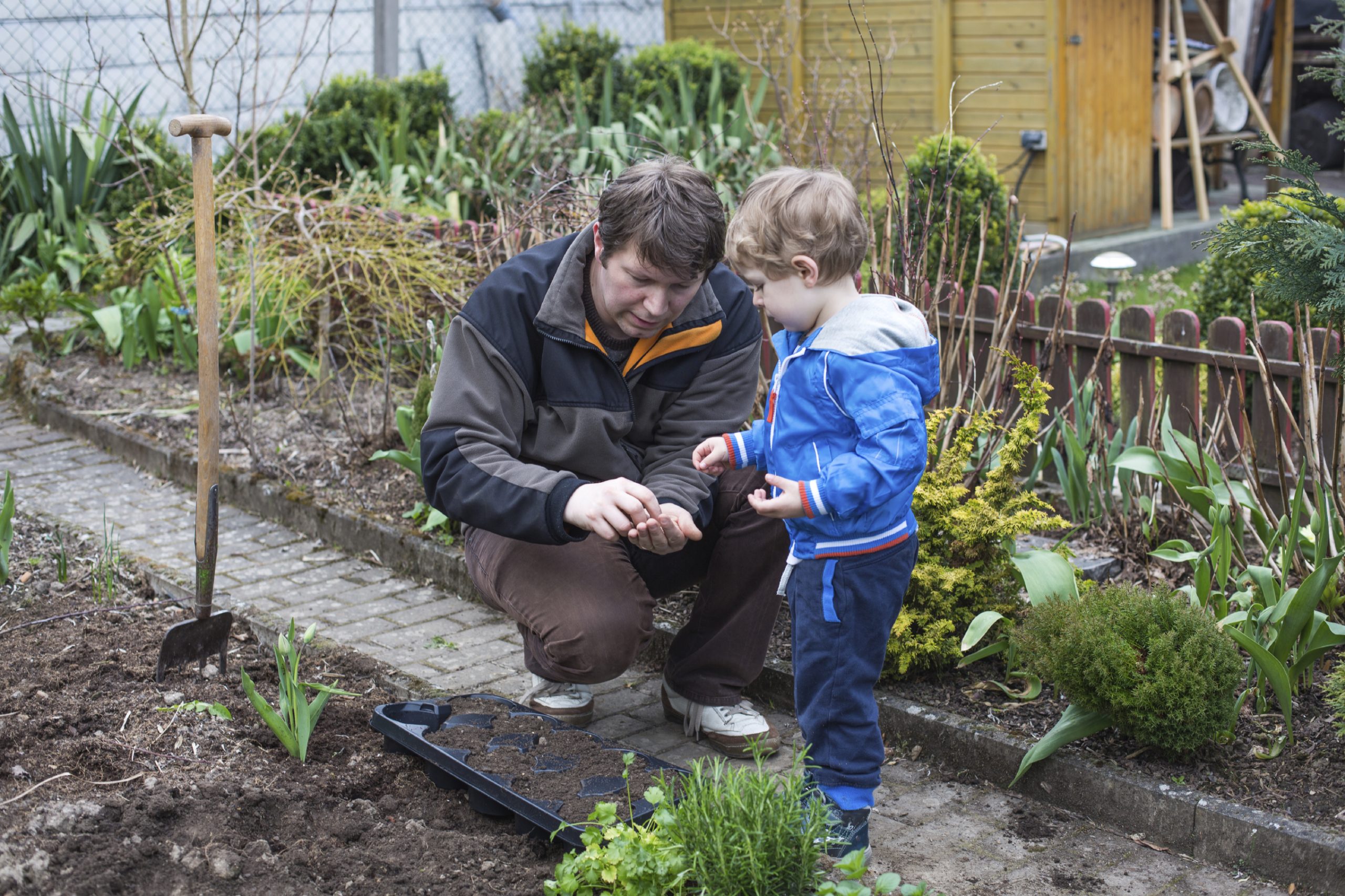Even the finest forests of the world start from only a few seeds. Your edible garden can be the same. October is the best time to sow seeds outdoors for summer vegetable crops. Almost anything sown at this time of year will be a success. It’s warm enough to give them a good start, but it’s not too hot and dry for the emerging seedlings. Growing from seed is the cheapest way to grow things to eat. Sowing directly into the soil saves the extra step of transplanting, and gives your plants the opportunity to spread their roots rapidly to give them a great start in life. For root crops such as radishes, carrots and beetroot, to name but three, it’s the only way to go. Here’s how I do it:
- Prepare the soil
Aerate, weed and gently smooth. Top it off with a 1cm-thick layer of potting compost – this suppresses weeds and gives a good base for the germinating seeds. If you don’t think it’s worth it, try one area with the potting mix and one without to see which you prefer.
- Work out how far apart you want your plants to be
Sow seeds in a grid to make spacing easier. Mark out a 30cm square and decide how many plants will fit in the area – one corn, four lettuces, nine onions, sixteen beetroots, and twenty-five carrots. You can work out spacing from the seed packet – add the row and plant spacing together and divide by two, rounding down rather than up.
- Mark out the sowing positions
Make small indentations about 0.5cm deep in the potting compost where you want each plant.
- Sow individual seeds
Tap one or two seeds carefully from the packet in each position. You can sow a square very quickly, even with tiny seeds such as carrots. More vigorous seedlings and less thinning are worth the extra time. The seeds should be about their diameter below the soil surface, so only big seeds need much covering.
- Label and protect your seeds
Put a label with the variety and date in the soil next to the sown plot if you think you may forget where the seeds are (trust me, you will), and use a cloche to keep out birds, cats and other pests.
- Keep moist
Seed beds may need watering every day if it’s dry and windy until the seeds have germinated. Covering with shade cloth reduces drying and you can water through it as long as you take it off as soon as the first seedlings are up. Watch out for slugs and snails, for which carrot seedlings are a particular delicacy.
- Thin carefully
You may have some gaps where seeds don’t germinate or some double seedlings to pinch off. If you’ve sown carefully, however, there should be little thinning to do.
A packet of lettuce seed will give you a thousand lettuces, which should keep you in salad for a little while. Ten packets of seed may be all you need for a gourmet garden to delight you, your friends and your neighbours.





